Laminate Your Own Fabric for Easy-Clean Projects
Lazies, Have you tried our Slicker Iron-On Glossy Vinyl to laminate your fabric? If not, here’s a great new reason to give it a try: the new Glo and Go pattern from ByAnnie.com. Annie Unrein has done it again with this cute duo that wrangles and corrals your essentials beautifully. Use Slicker to laminate the lining fabric, then wipe clean for easy maintenance.
Glo and Go, item PBA269. (photo ByAnnie.com)
What Is Slicker Iron-On Glossy Vinyl?
Slicker is a sheet of glossy vinyl with a fusible adhesive on one side that allows you to laminate fabric or paper. The fusible is covered and protected by a paper backing. Slicker can be fused to flat surfaces such as fabric and paper.
When fused in place, fabric or paper stays soft. Slicker can be stitched through, just remember to lengthen your stitch so as not to perforate the vinyl. Use clips instead of pins when possible.
Why Use Slicker
Fuse Slicker to fabric to laminate it and make it water-resistant. It’s perfect for make-up bags or other projects you’d like to easily clean with a wipe.
Slicker can be fused to paper, too! Laminate signs for your front door. Turn a child’s artwork into a placemat. Just fuse Slicker to one or both sides. See our tutorial here: Slicker Tutorial.
Slicker How-To: Peel, Stick, Press, and Stitch!
- Peel the paper backing.
- Place sticky side against right side of fabric.
- Use paper backing as a press cloth and fuse, then remove paper.
- Stitch your project! Save the paper backing for touch-up pressing.
- To clean, wipe with a damp cloth. Do not launder in washing machine.
Use paper backing for a press cloth. (photo ByAnnie.com)
Remove paper and reveal gorgeousness! (photo ByAnnie.com)
Use Slicker to make Candy Wrapper Key Fobs.
Glo and Go from ByAnnie.com
The Glo and Go pattern includes two designs: a handy folding wrap and a zippered bag. Together, this dynamic duo is perfect for make-up, craft supplies, travel essentials and more.
Save Those Slicker Scraps
I keep all the leftover bits and pieces of Slicker to laminate small things such as templates, gift tags, or refrigerator art.
Keep all the cuttings in an envelope with the instructions. Use the small pieces to laminate a sign for your front door, or a favorite saying to hang on the fridge.
Slicker Product Details
Our Slicker is available in 1yd cuts (17″ x 36″, item SLG1021), or on the bolt (17″ x 10yds, item SLG102).
Shop Owners
ByAnnie.com stocks our pre-cuts of Slicker for one-stop shopping. Slicker is also available at Checker, Brewer, United Notions, and EE Schenck.
Keep up with Annie:
Website ByAnnie.com
Facebook ByAnnie.com
Lazy Girl interfacings:
Try our whole line of interfacings to support and enhance your fabric creations.
Available on the bolt or in project-sized cuts.
- Fusi-Bond Lite
- Slicker Iron-On Glossy Vinyl
- Face-It Soft
- Face-It Firm
Subscribe to receive emails for my blog and newsletters about new patterns and project ideas.
Enjoy!
Joan
Joan’s Sewing Group | Pinterest | Instagram | Twitter
Like and share this post with your stitchy friends.
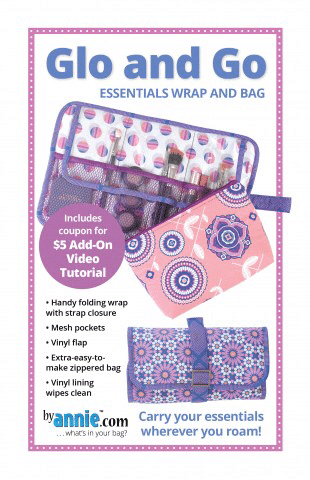
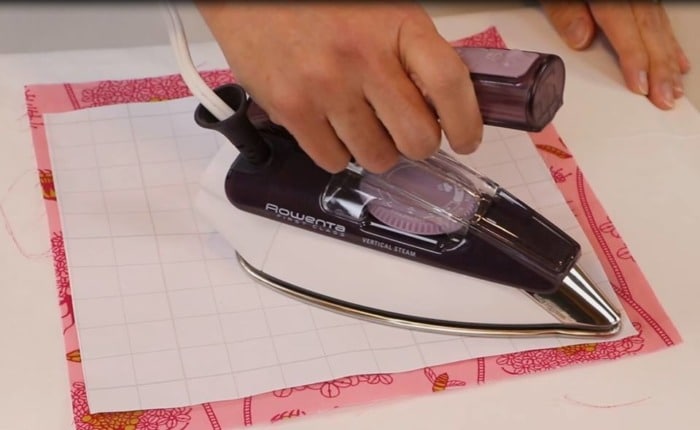
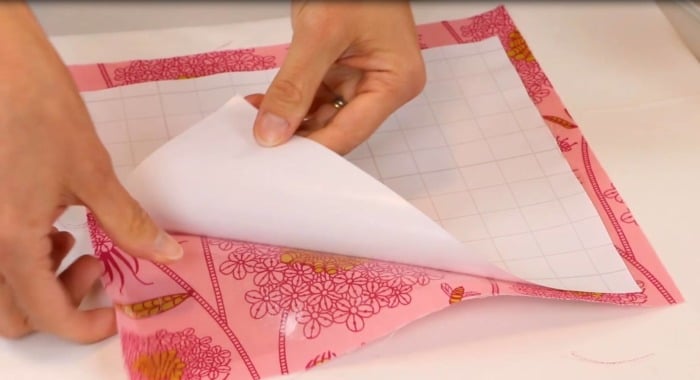
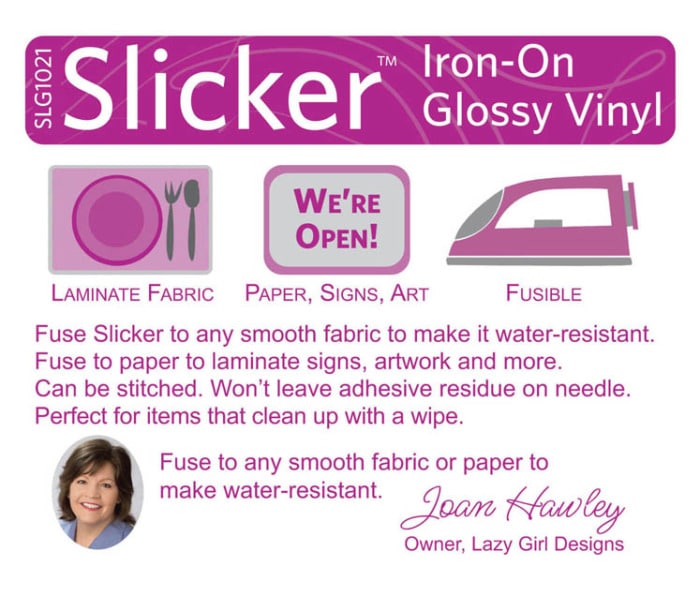
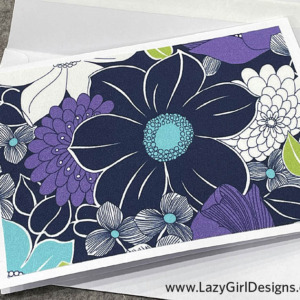
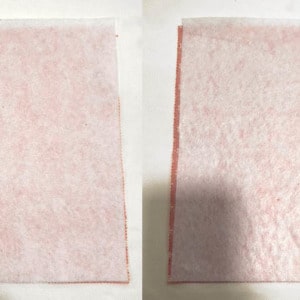
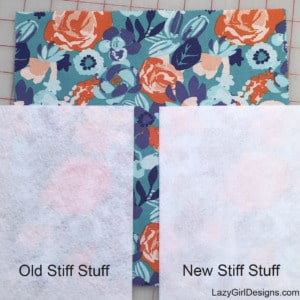
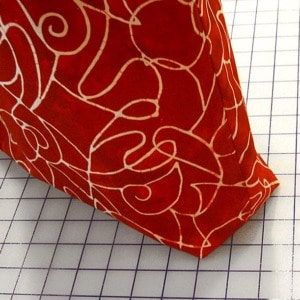
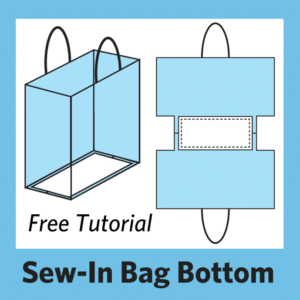
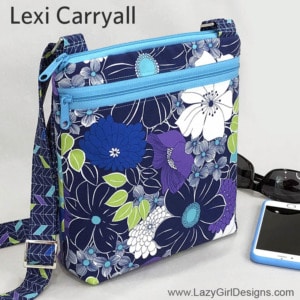
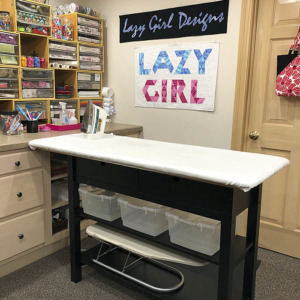
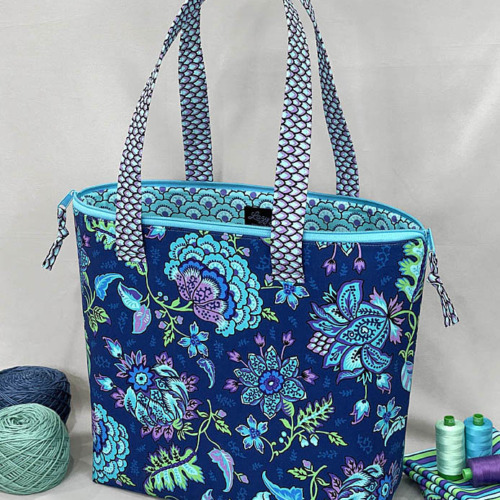
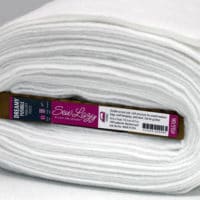
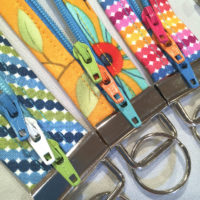
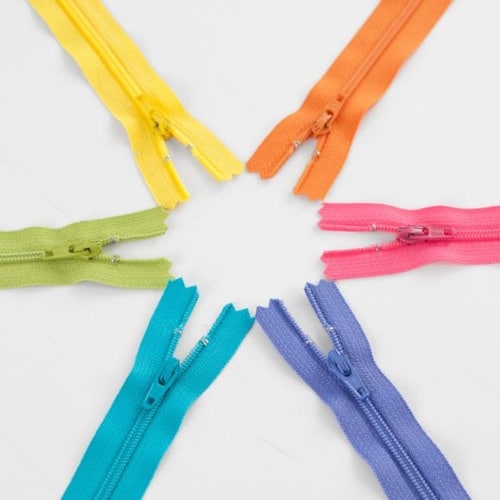
How do I print the candy pouch? How do I order some of the Glo & go
Thank you Maggie
Hi Maggie, Find our Slicker Iron-On Glossy Vinyl and other Lazy Girl items here: http://tidd.ly/66a24382 It’s hard to say why the pattern isn’t printing. I’ll follow-up with you via email and we’ll get it figured out.
Is Slicker safe for lining a bag used for food?
Hi Julie,
Thanks for asking about our Slicker Iron-On Glossy Vinyl.
Food safe – I’ve researched this with the mill and I have decided that I will use it for projects that encounter food.
Here’s what I know. To be considered ‘food safe’ the plastic has to meet certain government regulations as you might expect. There are a lot of different types of things that encounter or are placed in, plastic packaging. So, there are different gov reg standards for ‘cosmetic’ safe or ‘pharmaceutical’ safe plastics and there are standards for food-safe – different needs, different interactions with the plastics. Dry versus wet, acidic vs not. Again, different things react differently to plastic.
While this is unlikely, it illustrates the difference in types of use. If you plan to put tomato products (slices or sauce) or something acidic against the plastic, that is going to interact differently with plastic than a dry sandwich or a cookie. I personally would feel comfortable using Slicker in a project intended for the sandwich or cookie – both of which are more likely uses than toting around tomato sauce.
Slicker is BPA free – so that’s wonderful. It is all new material and does not include any recycled material. I would use it for lunch bags, sandwich wraps, food pouches, aprons, placemats, etc.
Lazy Girl will not claim that the Slicker Glossy Iron-On Vinyl is ‘food safe’. Given what we know about its properties and depending on what type of food interaction you use it for, I think we can each make our own evaluation of its appropriateness for any given project we want to try.
Additionally, consider how the item will be used/cleaned, too. When fused in place, Slicker should not be submerged or soaked – so no machine washing. It’s best to wipe clean with a damp sponge/cloth. At most, pass it under running water without allowing the item to absorb water which could weaken the bond between Slicker and fabric/paper.
Would it be okay to apply fusible fleece to the wrong side of fabric that already has Slicker applied to the front?
Jane, Great question. No, I do not recommend adding fusible fleece to fabric that already has Slicker fused to the right side. The fleece needs a higher temperature to fuse than the Slicker does, so I worry that the process would damage/hurt the adhesion of the Slicker. You might be able to use fleece behind the fabric/Slicker without fusing it, similar to using a sew-in product.